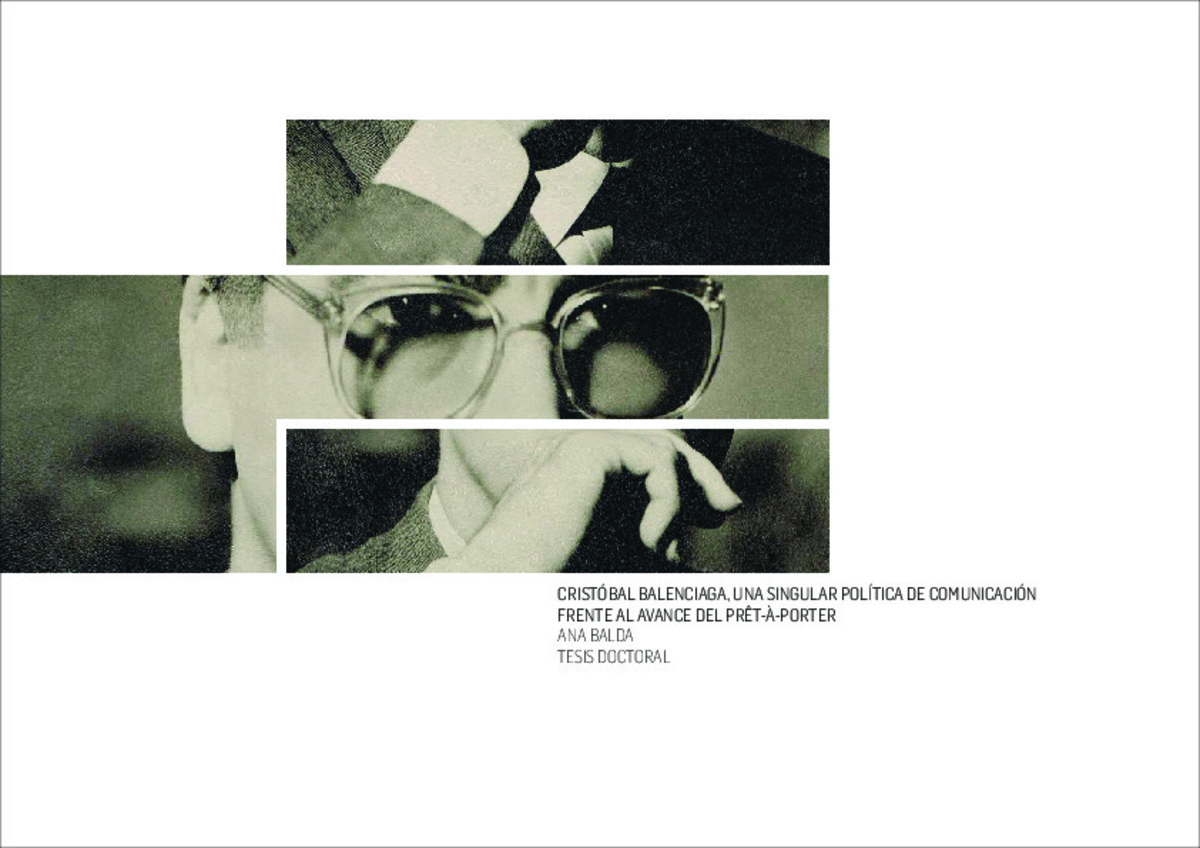Cristóbal Balenciaga: una singular política de comunicación frente al avance del Prêt-à-porter
Palabras clave :
Cristobal Balenciaga
Materias Investigacion::Comunicación::Periodismo, comunicación de masas, medios de comunicación y edición.
Fecha de publicación :
27-feb-2018
Fecha de la defensa:
8-mar-2013
Cita:
BALDA-ARANA, Ana. "Cristóbal Balenciaga: una singular política de comunicación frente al avance del Prêt-à-porter". Latorre Izquierdo, J. (dir.). Tesis doctoral. Universidad de Navarra, Pamplona, 2013.
Aparece en las colecciones:
Estadísticas e impacto
0 citas en

0 citas en

Los ítems de Dadun están protegidos por copyright, con todos los derechos reservados, a menos que se indique lo contrario.








